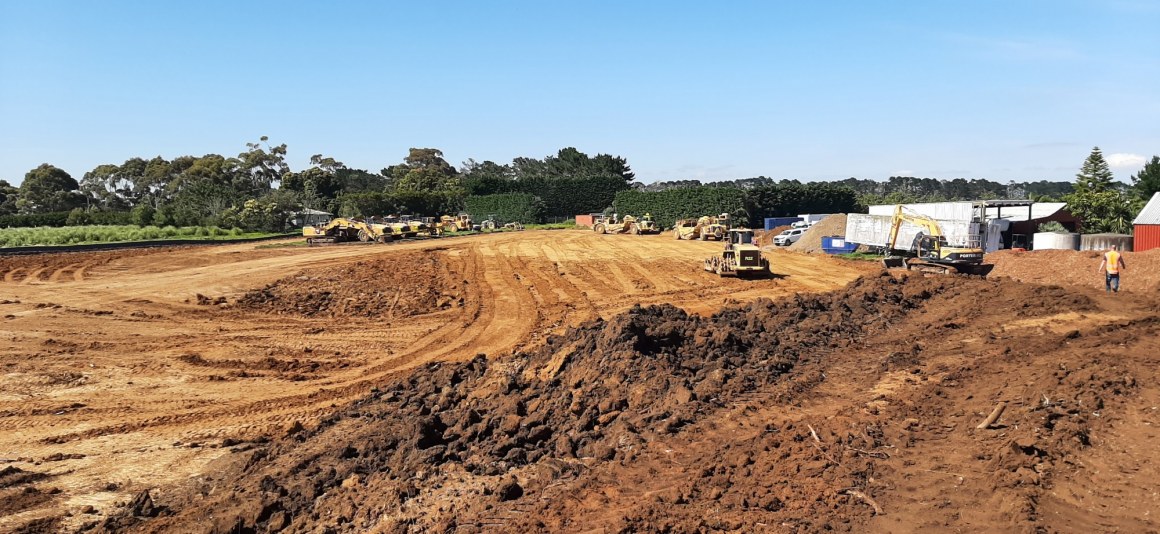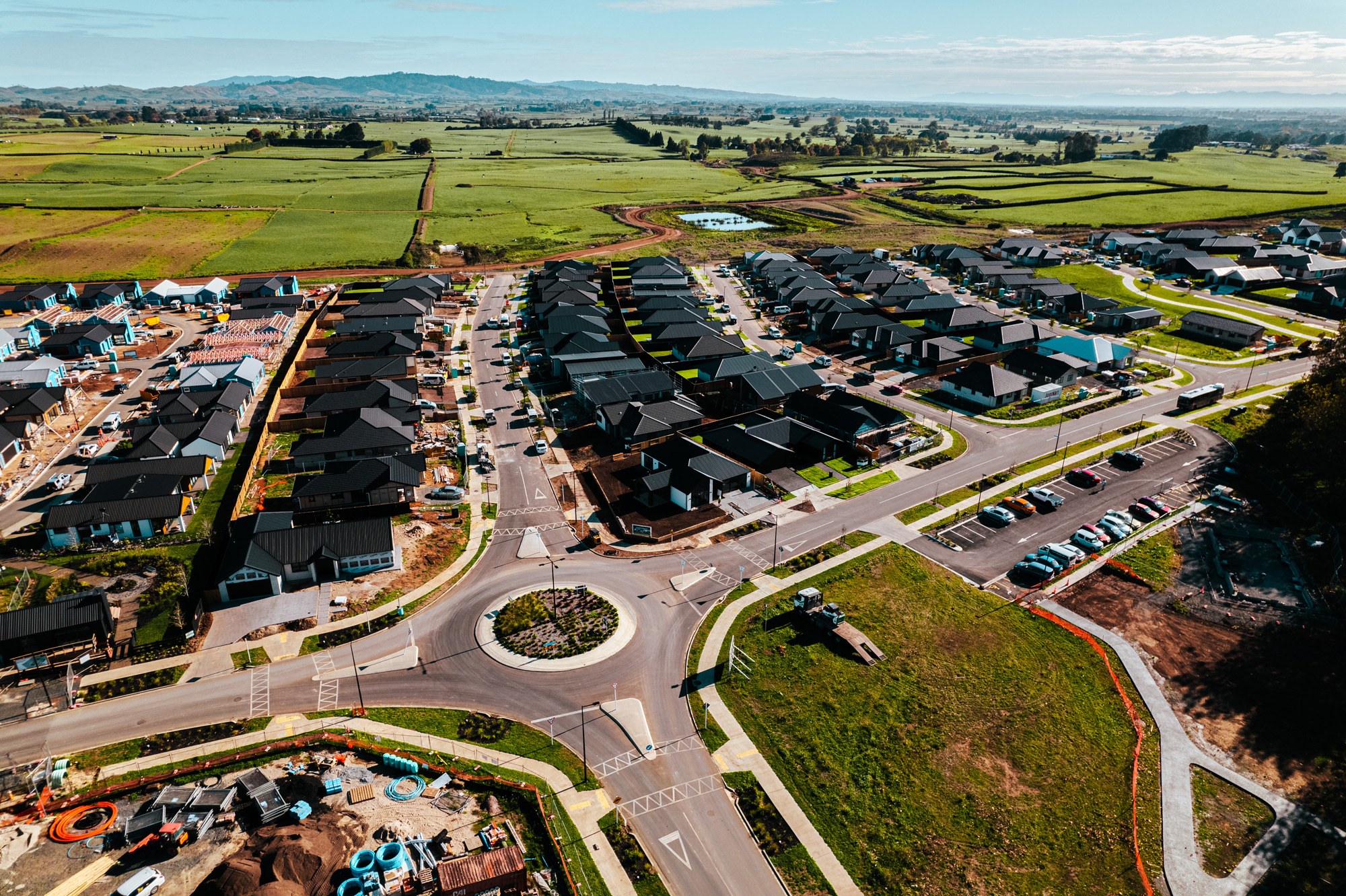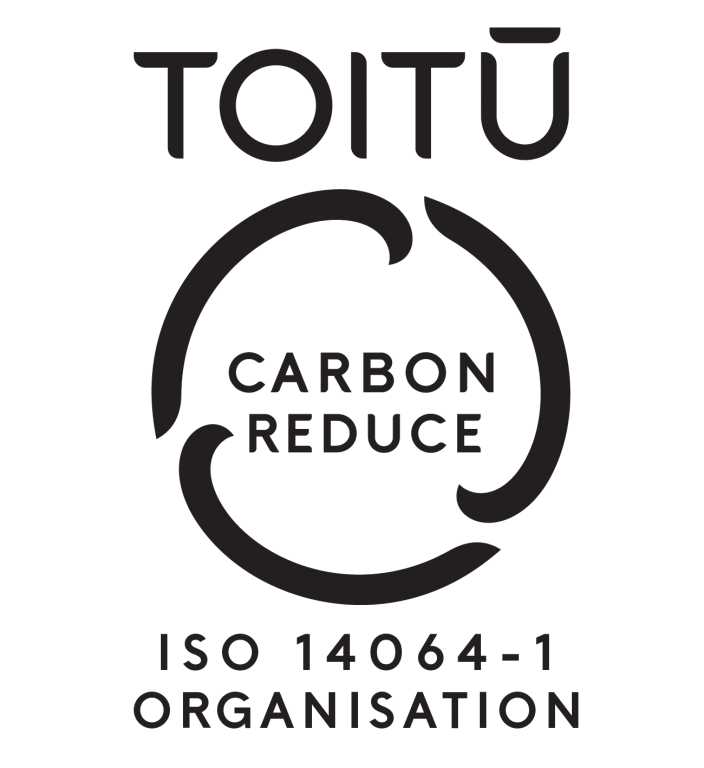With Spring now here, everyone is unsurprisingly talking about the weather. The 1st October marked the official earthworks season and with a wet and windy start so far, it’s meant that for some projects, earthworks contractors might not have been able to get in and cracking as they would have liked.
After a terrible second half of the previous earthworks season due to an exceptionally wet summer ‘there’s a lot of pressure to get dirt moving,’ says CKL Engineer, Nick Williams. However, with weather forecasters predicting a hot and dry New Zealand summer, hopes are high that this year’s earthworks season will be a successful one.
When the weather is good, a lot of contractors will be ready to hit the ground and make hay while the sun shines. Earthworks contractors only operate for half the year and so the months and weeks leading up to earthworks season – especially if it’s a new job– involve quite a bit of work getting the compliance and erosion sediment controls ready so that contractors have the most time to complete the earthworks as quickly as possible to then allow for the rest of the development to carry on.
Partners you can trust:
“The environmental controls we have in Auckland are pretty stringent,” explains Nick. “Going back to the start of the year, with the wet weather we had, the council monitoring officers were a lot more thorough in their checking and were a lot busier.”
There’s a lot of time spent getting the contractor and the site ready to tick those boxes with council and be able to go straight into the earthworks.
This is a strength of CKL’s. The design team makes an initial environmental erosion and sediment control plan. That is a requirement for the resource consent to enable earthworks to be carried out. Then the initial work that the engineers carry out enables CKL to do a really good job of working with the contractor to get those sediment controls up to standard.
That’s why working with a company such as CKL – who has developed great working relationships with contractors and the council - can be so important to the success of your development.
“Together with the contractors help, we can apply an erosion and sediment control plan to the site, with changes where appropriate that follows best practice.”
CKL also has good relationships with compliance officers at the council. Over time, they’ve built trust thanks to longstanding working relationships and making sure that projects run smoothly.
Dusting off the basics:
In addition to ensuring sediment runoff doesn’t happen, another critical environmental, and health and safety issue for earthworks sites can be related to dust. Even in wet and windy conditions, on particularly open sites without any trees or other vegetation, you could still have dust issues.
Developers and contractors know the cost of not adhering to dust controls. If dust travels from a site and covers a nearby property, the cost to clean that up can be significant. Plus, it doesn’t give the business a good reputation.
“It’s a major incident if too much dust does occur,” says Nick. “Worst case scenario is a health and safety event. Fines from council are also possible for allowing dust to egress from a site.”
Dust suppression controls are part of CKL’s construction monitoring when they’re out to site – usually once a week in earthworks season, maybe more when there are certain tasks that require more oversight. Again, developing a working relationship with a contractor to ensure that they’re keeping up their controls is the key to getting this right.
Dust controls are pretty simple – a water cart is used to spray down the site combined with hay mulching and topsoil on completed areas.
“It’s all standard practice and that’s just making sure that you’re working with the contractor to ensure compliance. As we go deeper into January, February and March, that’s when we really need to keep an eye out. There are plenty of controls to keep everything in check, we’ve just got to make sure that they are being done,” says Nick.
Dust suppression is not treated any differently than dirty run off, but it’s definitely something that needs to be given consideration, even with a wet start to the season.
Getting all these things right can often contribute to several key indicators of a successful earthworks season; coming in under budget and finishing the earthworks ahead of schedule.
“We put together a pretty comprehensive schedule,” says Nick. “If you get good weather, you might be able to bring the earthworks part of the project to completion quicker and before deadline. But that can’t happen without really great planning. If that happens, it means the job has gone smoothly and we’ve done our work well.”





